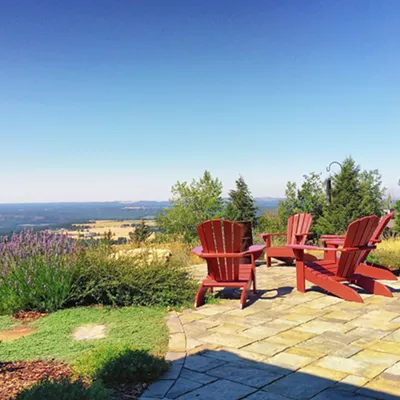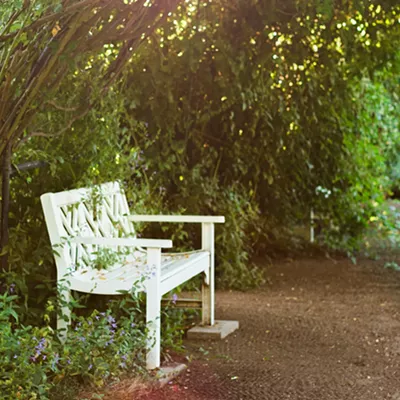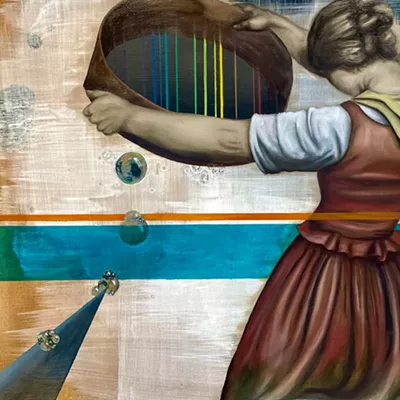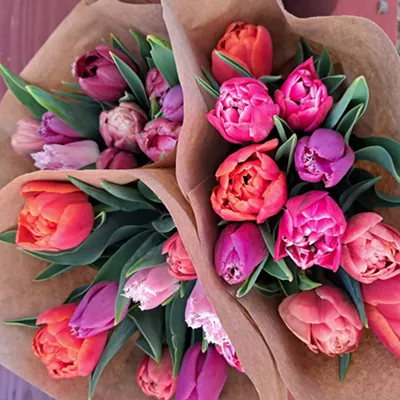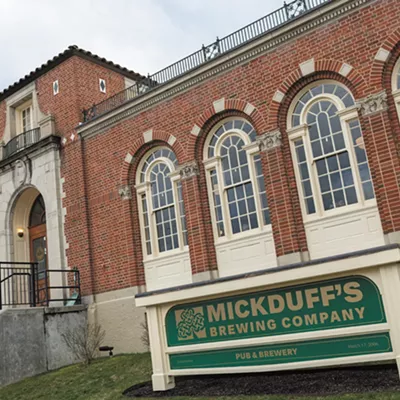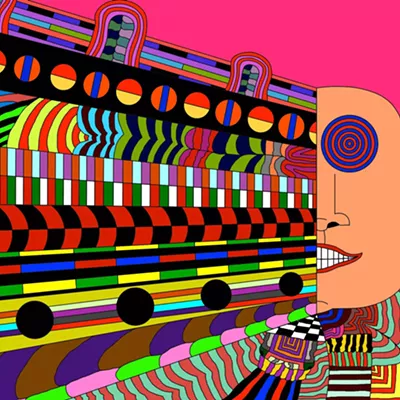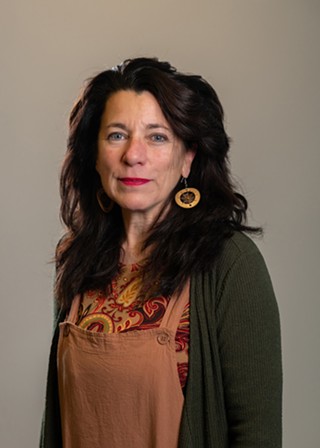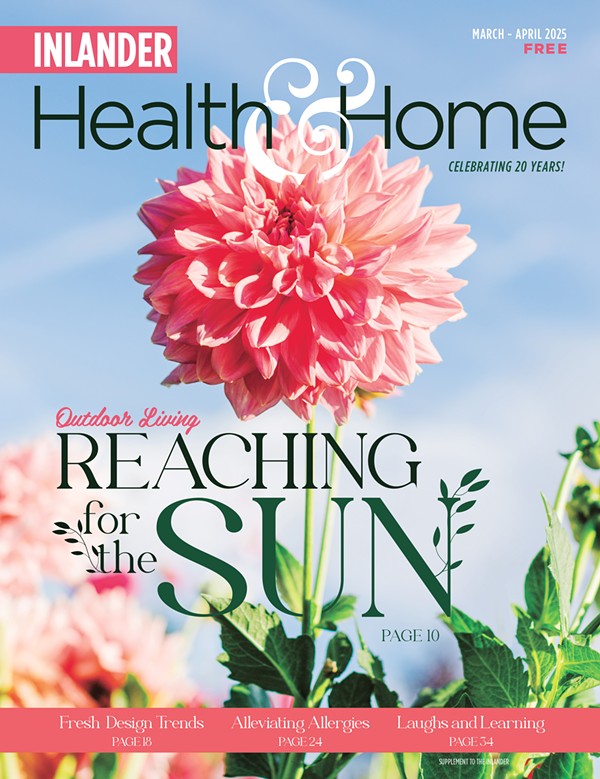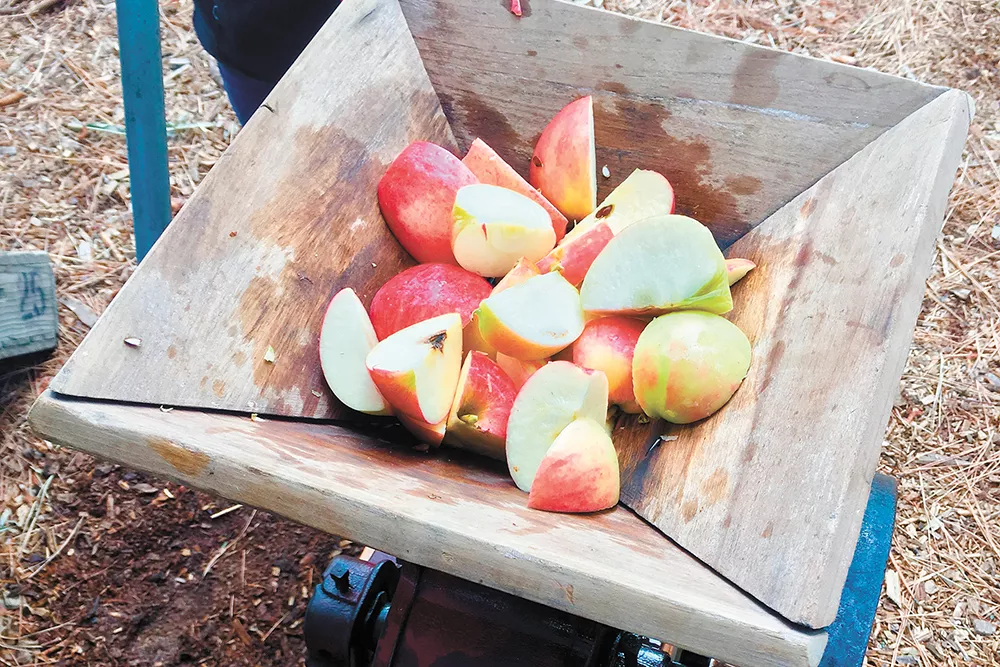
Nikki Conley thought the Red Delicious apples growing on scraggly trees in the front yard of her Athol, Idaho, home would be mealy and tasteless like most store-bought fruit she'd known.
She was wrong.
"It reminded me of what they used to taste like when we were kids," says Conley, whose family relocated in 2016 to land east of North Idaho's Silverwood Theme Park, a stretch dotted with homesteads where the prairie gives way to national forestland. This new home, paired with that delicious bite into an old-growth apple, became the genesis of Athol Orchards, founded last year.
The family has planted 50 new apple trees, choosing each tree for its distinctive traits, like high juice content, good eating quality or longer storage capability.
Conley's newfound interest in her orchard's output and the regional history of apple growing led her to Dave Benscoter, sometimes referred to as the "apple detective" for his research-based identification techniques and his prior career in law enforcement.
After helping a Chattaroy, Washington, neighbor with her trees, Benscoter became intrigued with determining the apple's specific variety, joining an exclusive group of people who hunt "lost" apples.
"The Spokane Valley consisted of hundreds of small orchards that banded together for purposes of marketing and selling," explains Benscoter, who's garnered national headlines for his discovery of a lost apple growing on the Palouse's Steptoe Butte.
"By the 1920s," he adds, "there were over a million apple trees in the Spokane Valley."
Benscoter's focus on lost apples is no small feat given the fruit's sheer diversity. Of the estimated 17,000 varieties that formerly grew in North America, it's estimated as many as 13,000 have vanished, and with them a bit of history.
From his dogged research into catalogs and shipping records, plus a lot of shoe leather exploring orchards throughout Eastern Washington, Benscoter has helped reshape our understanding of how apples influenced Spokane — especially throughout the Spokane River valley spreading east from the city's core toward the Idaho Panhandle — which held court as Washington state's "apple capital" for a generation or so.
Aged remnants of many of those commercial and private apple orchards dot the Inland Northwest's landscape, both in rural and urban areas. And until recently, many of these forgotten fruit-bearers' bounties had gone mostly unused, if but for foraging insects and animals.
"There are thousands of residential apple trees in Spokane County, and many of those apples aren't being used," says Nicki Thompson, who is the Harvest Against Hunger AmeriCorps VISTA volunteer with the local nonprofit Spokane Edible Tree Project.
"A lot of people have inherited fruit trees upon moving to a new home, and don't quite know what to do with them. Many trees end up neglected," adds Thompson. "We'd like to raise awareness and provide tree owners with resources to learn about tree care."
Good Grafts
The Spokane Edible Tree Project is partnering with the Inland Northwest Food Network and Episcopal Church of the Resurrection to host a class on apple tree grafting. The session also seeks to share apple scionwood, wood cut from an original tree being propagated, from the rare varieties in the church's orchard to help preserve and even resurrect apples that could otherwise be lost.
Saturday, March 24 from 11 am-1 pm. Free. Episcopal Church of the Resurrection, 15318 E. 8th Ave., Spokane Valley (509-209-2890)
Have a tree you'd like to register? Contact the Spokane Edible Tree Project at 509-209-2890 or spokaneedibletreeproject@gmail.com



